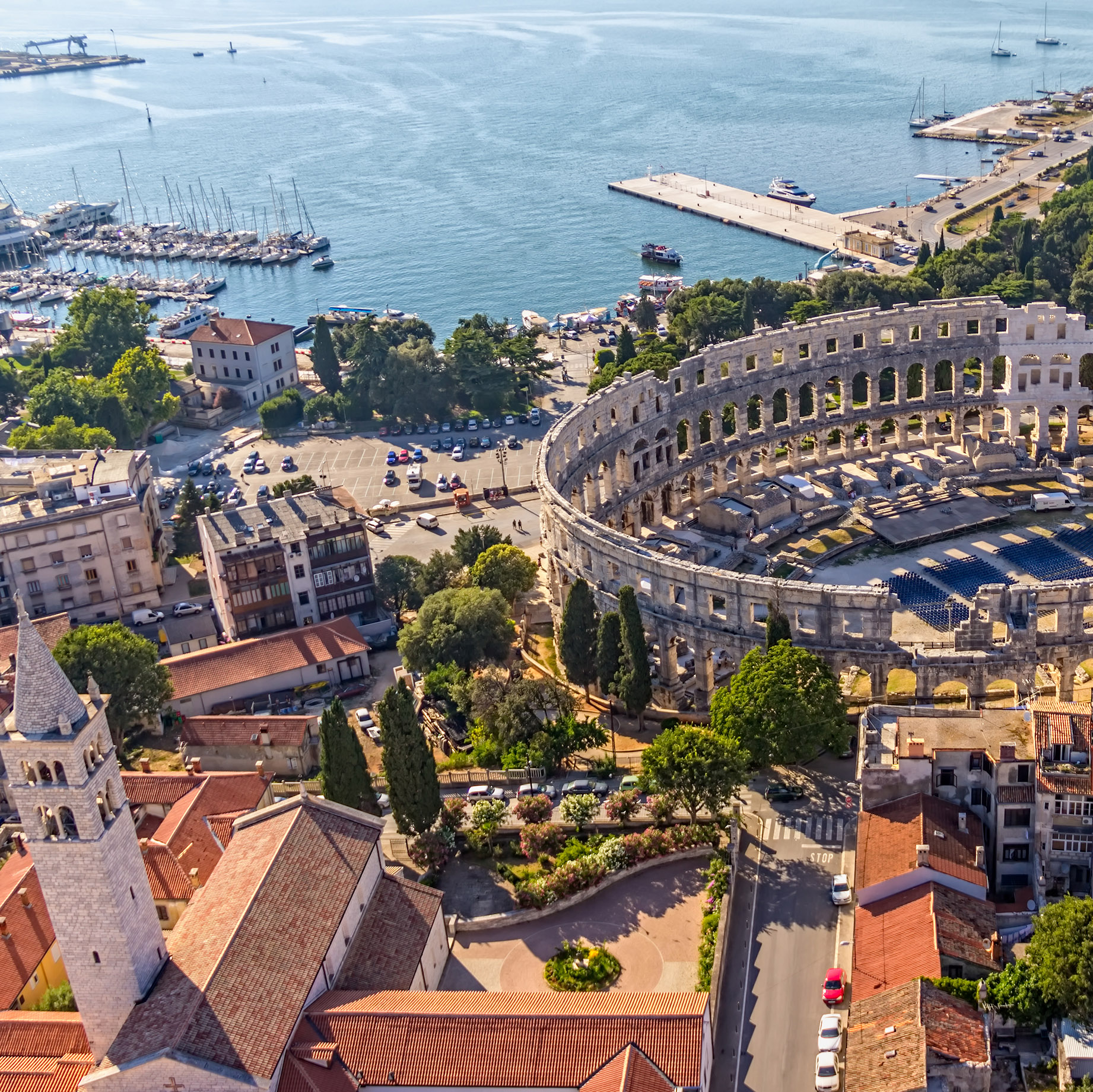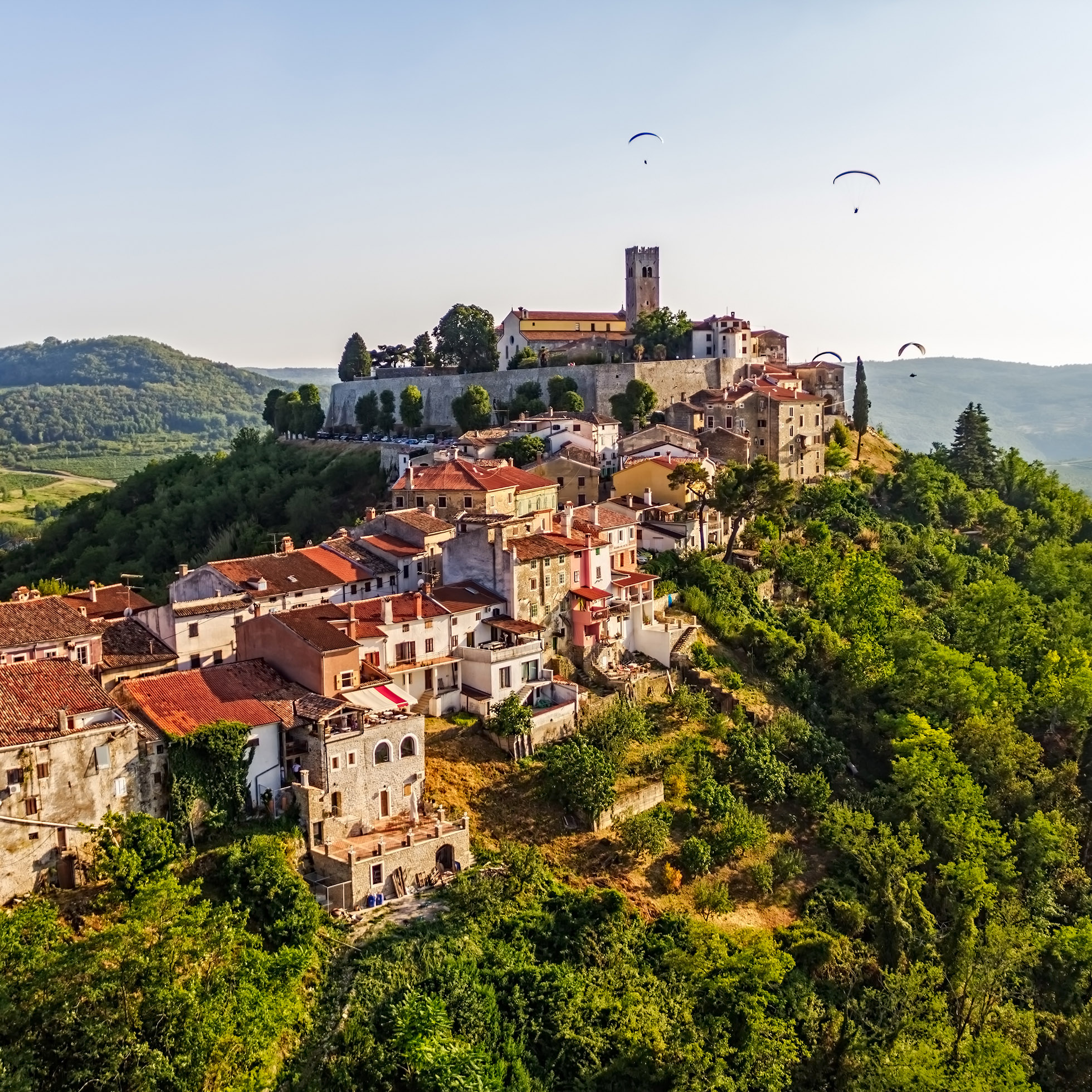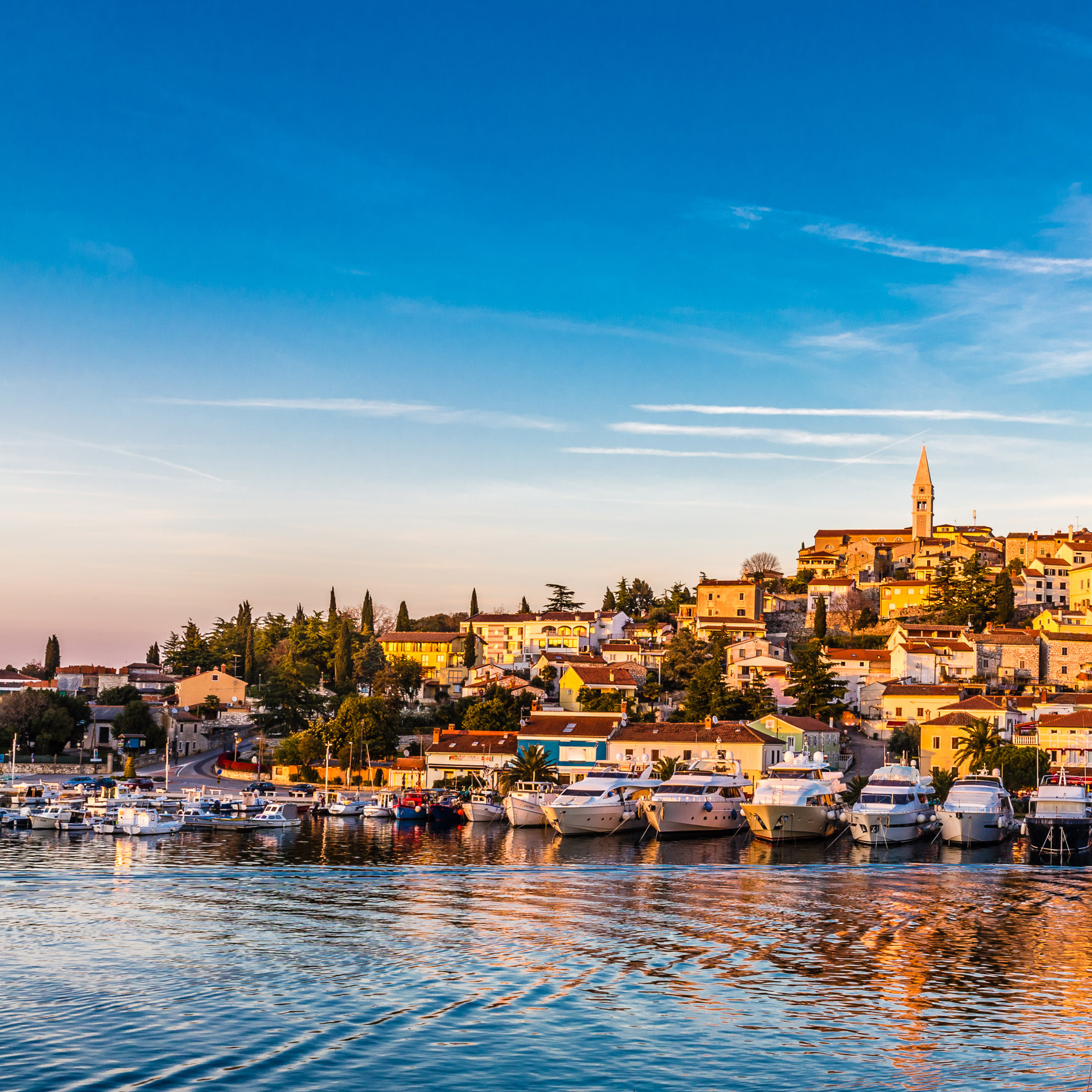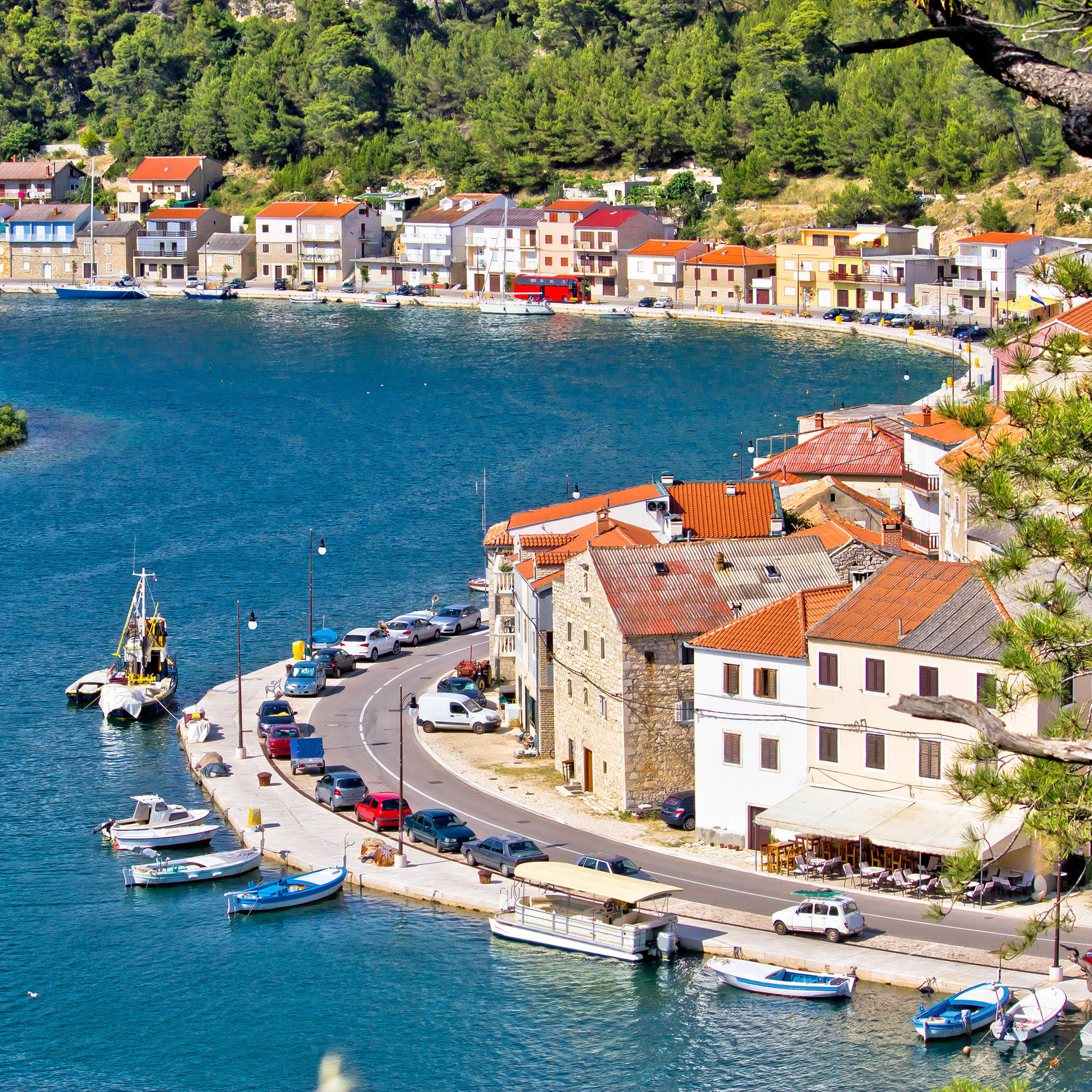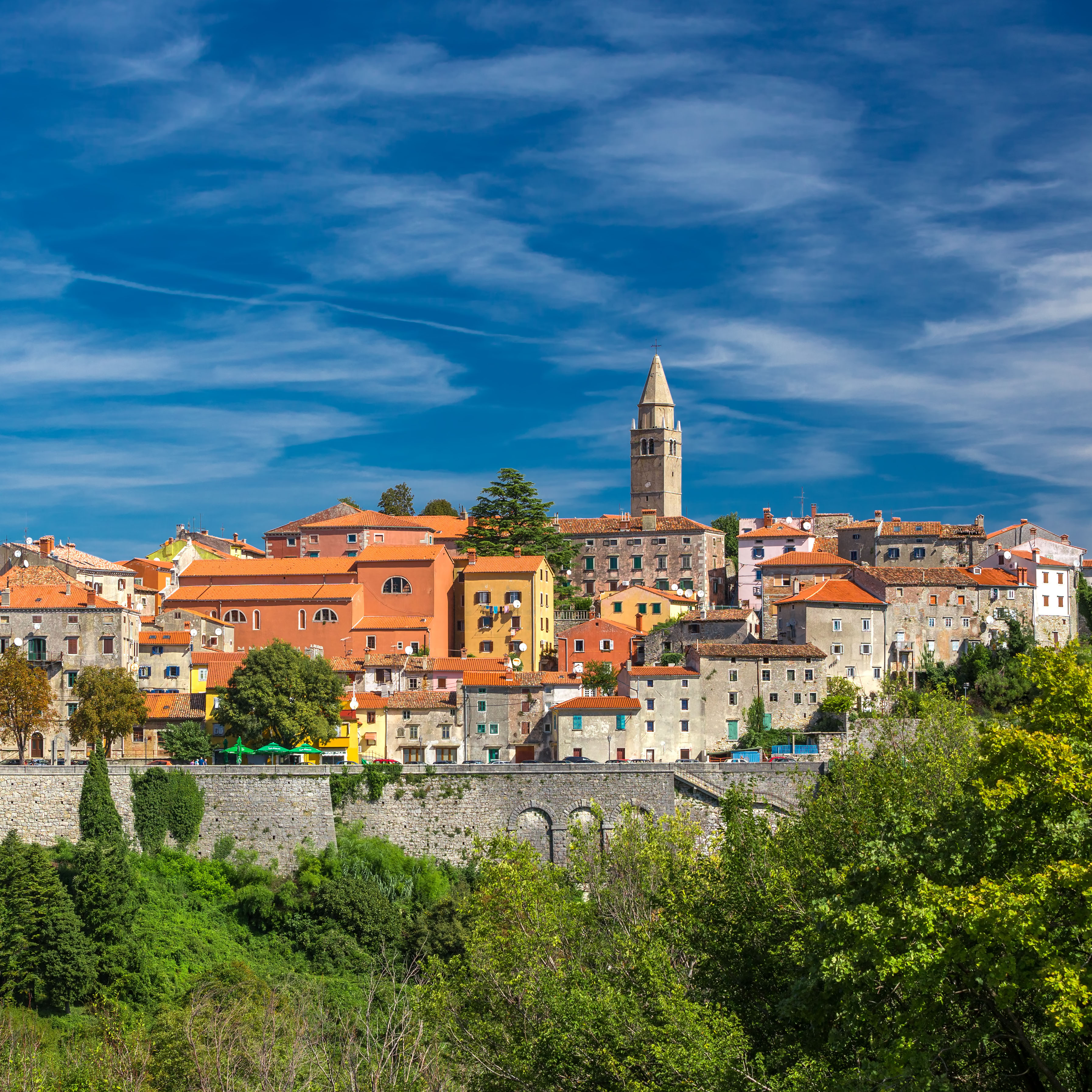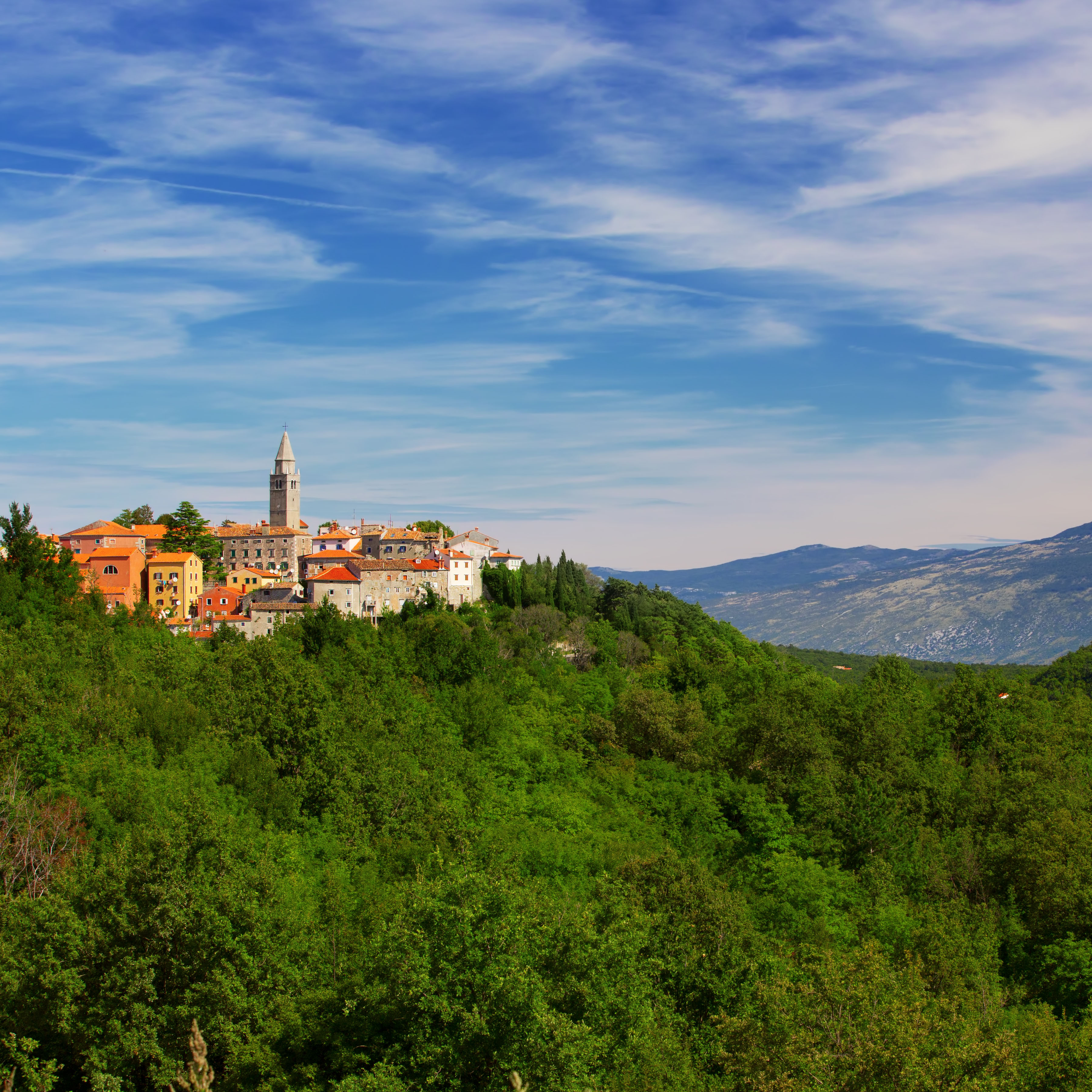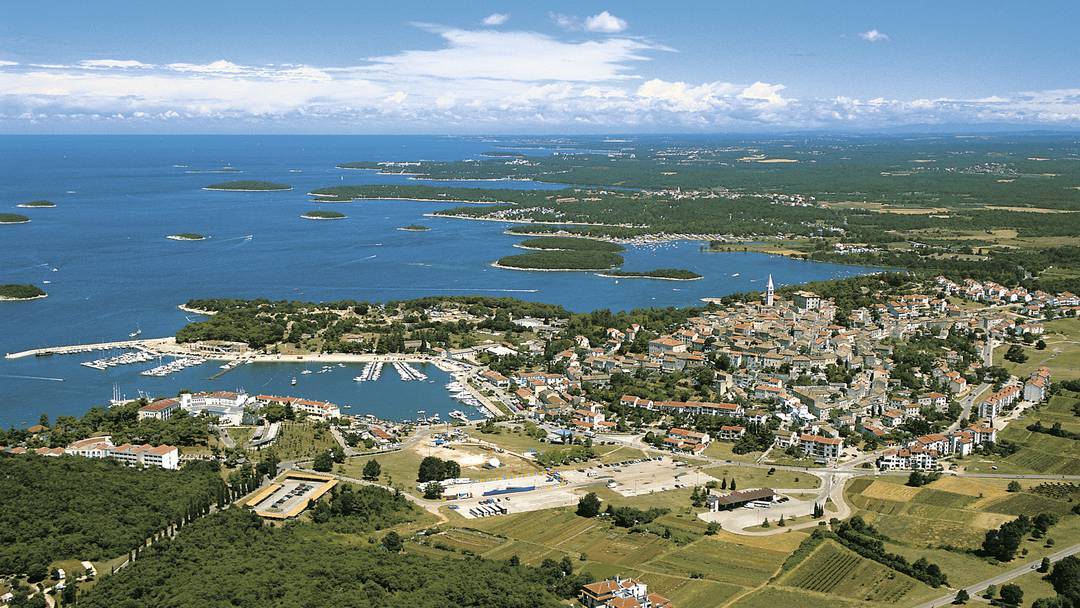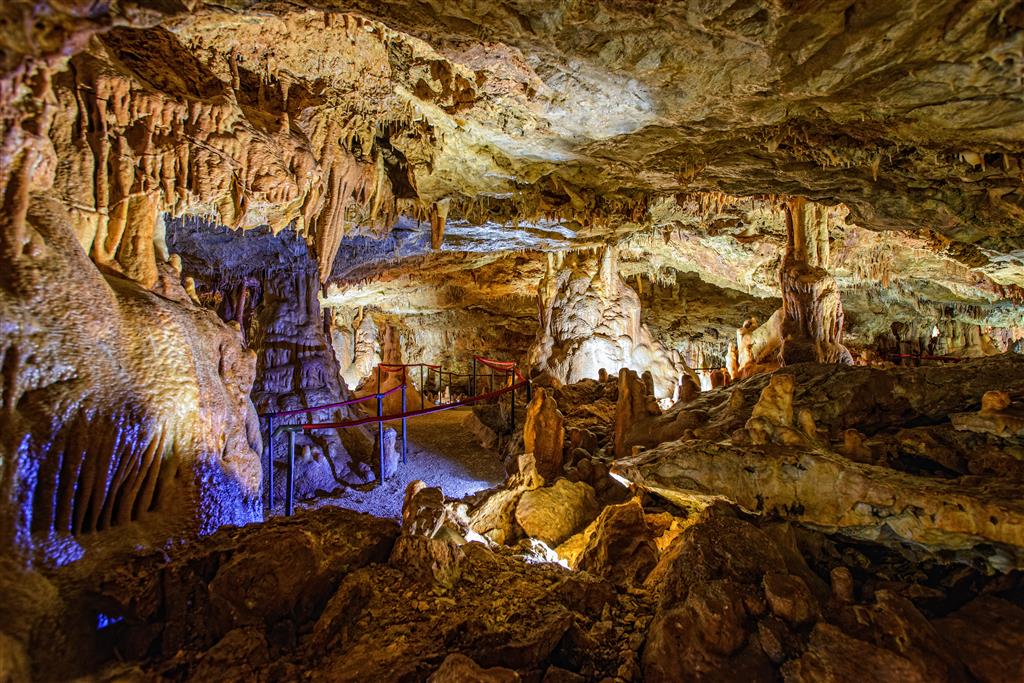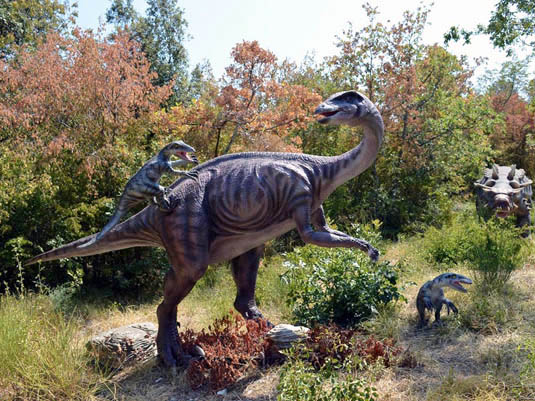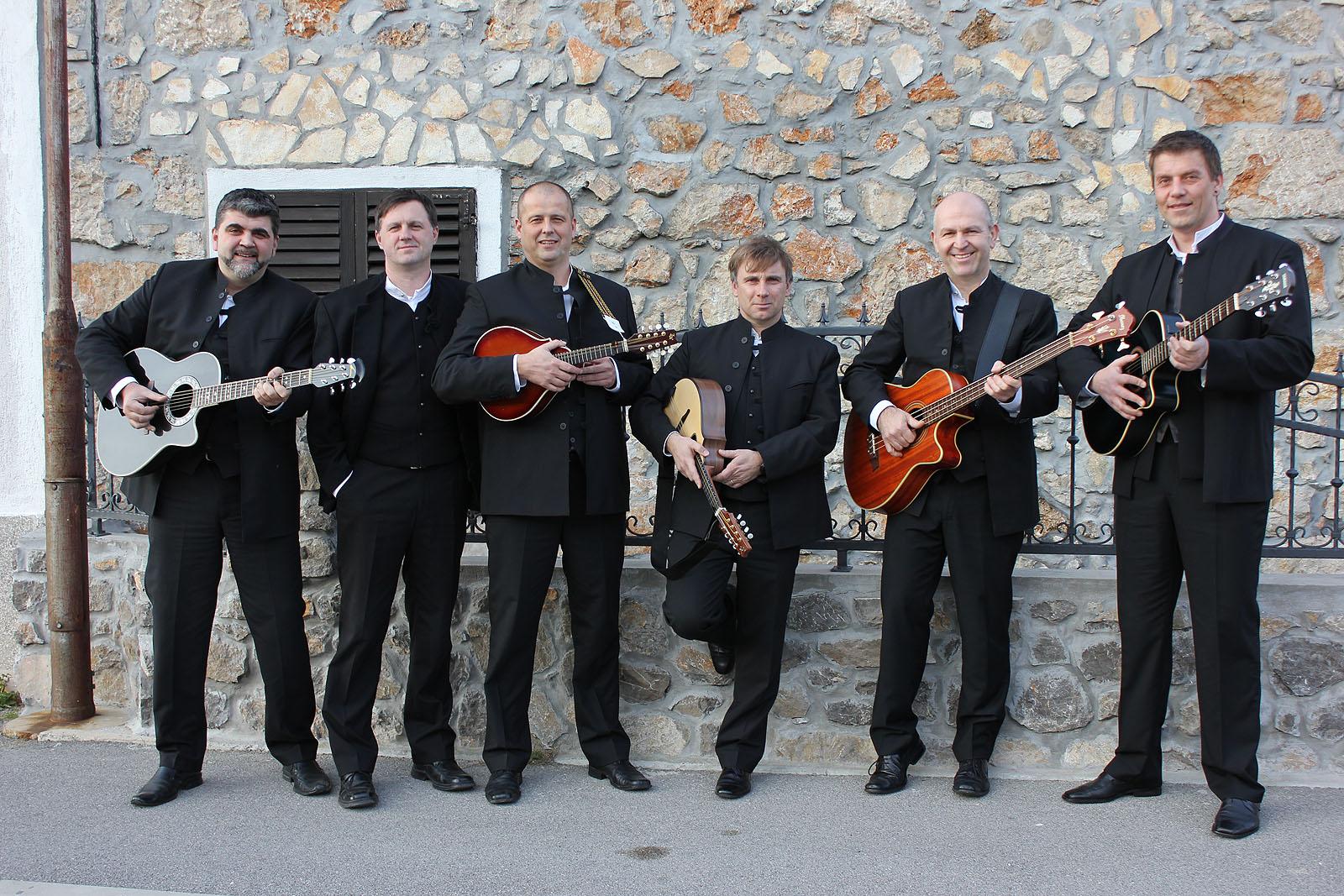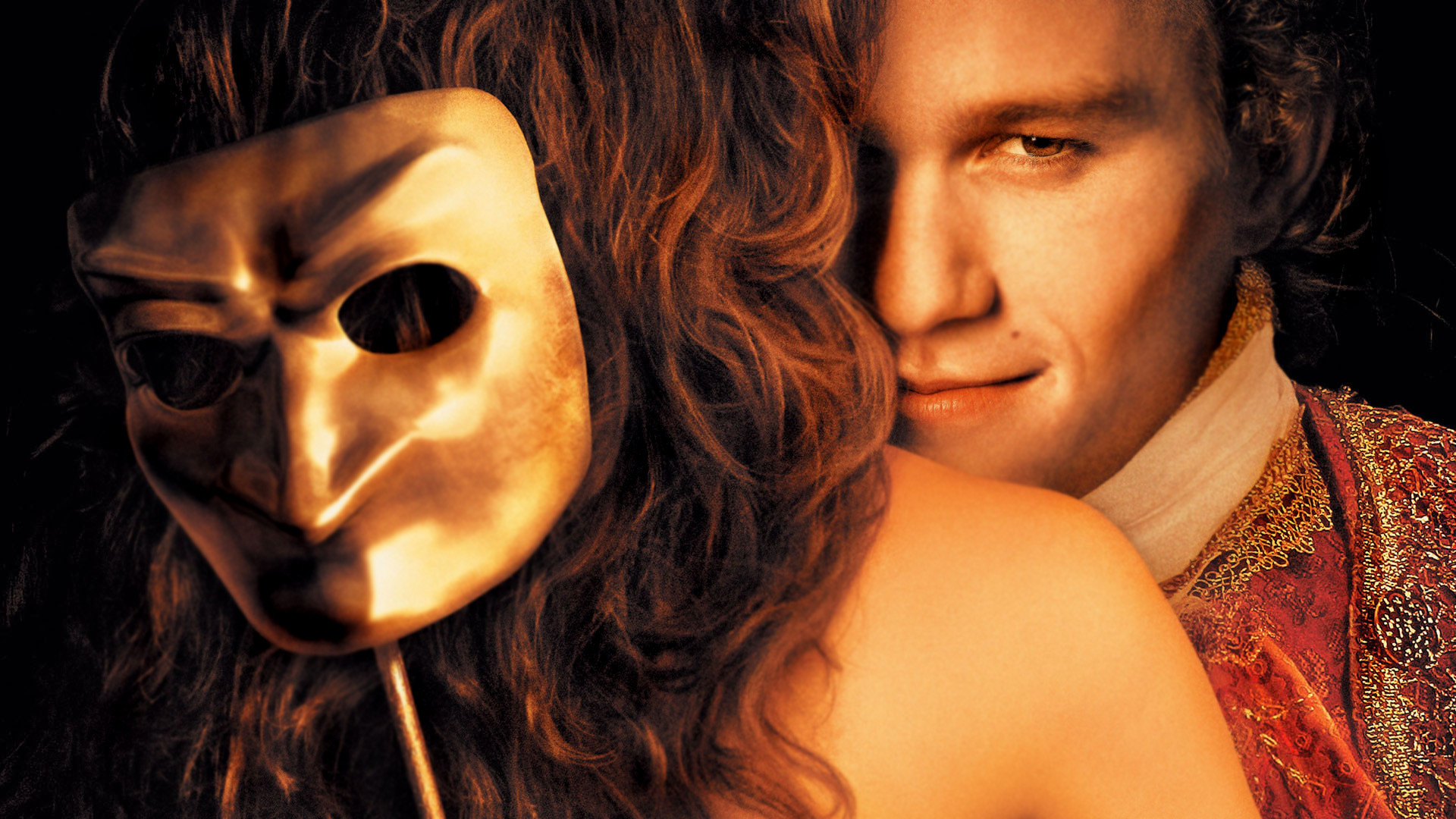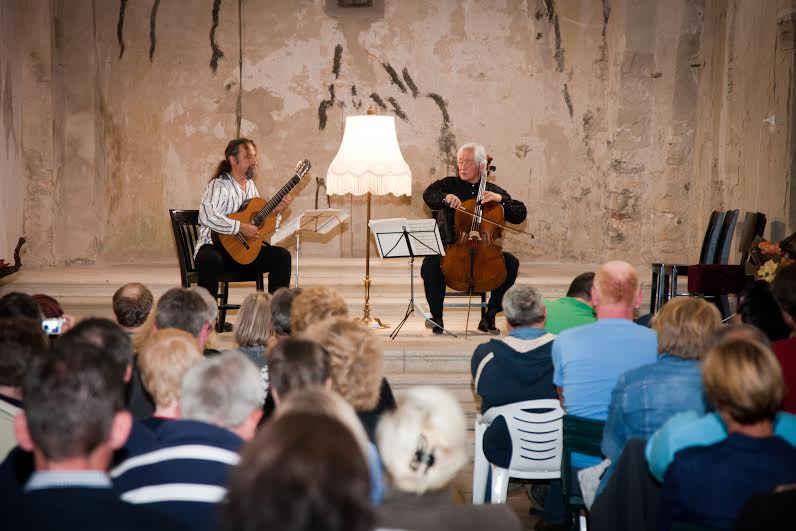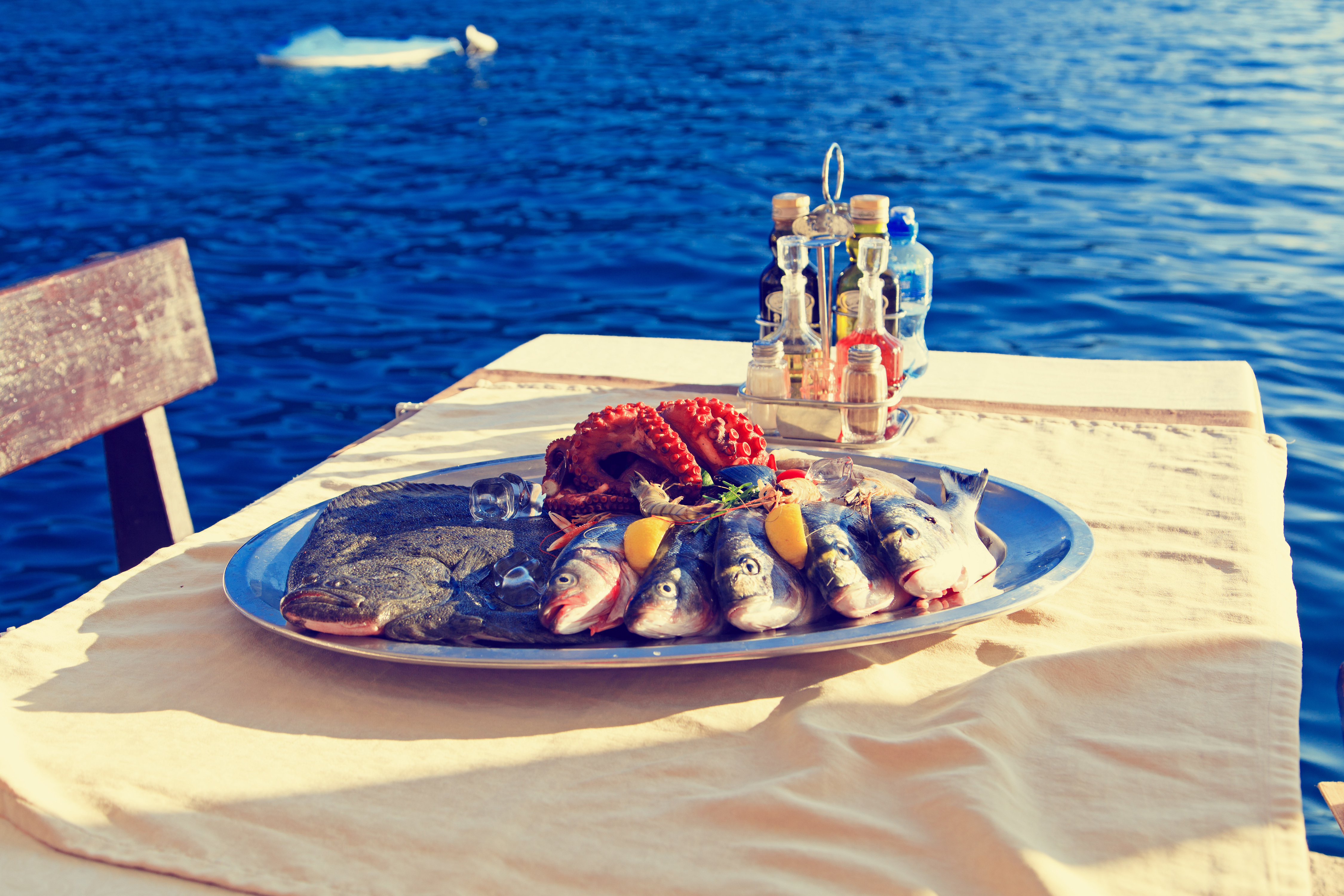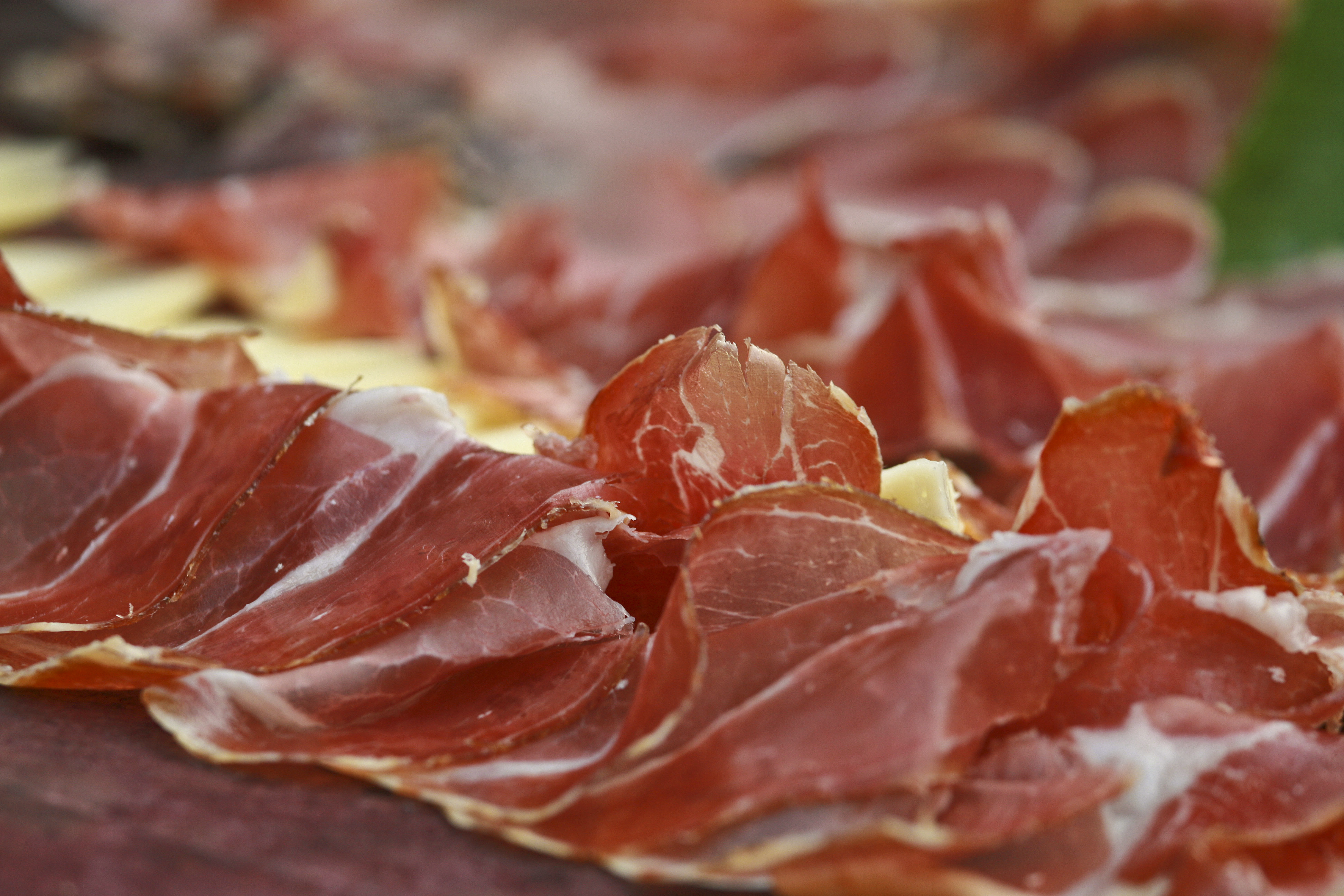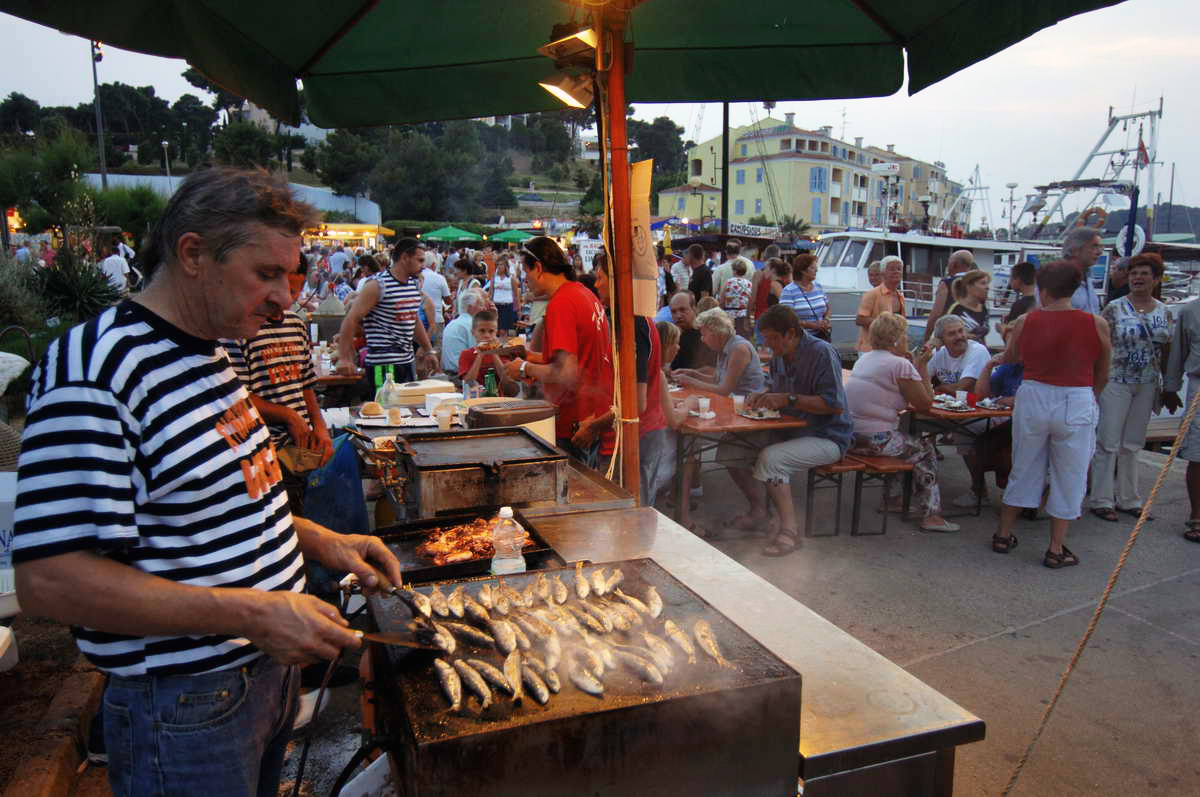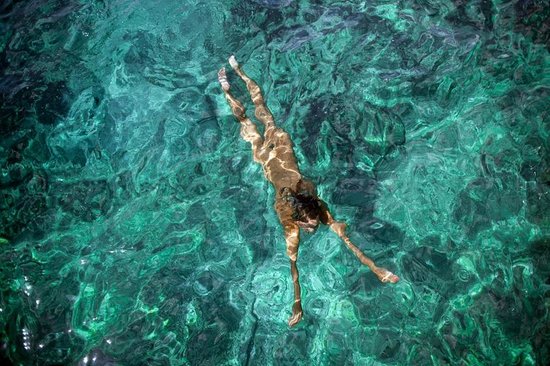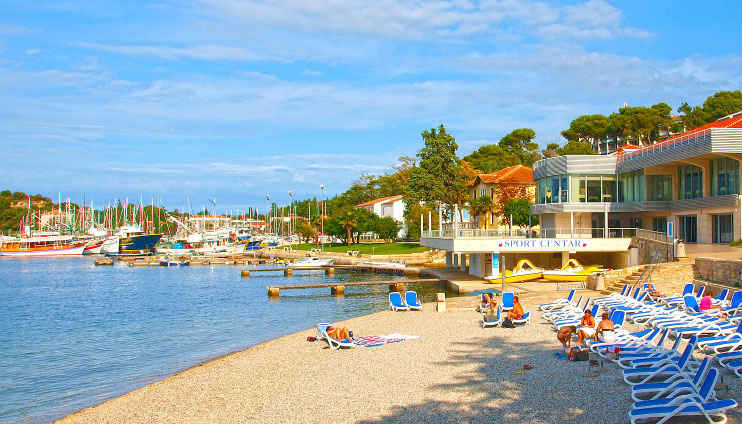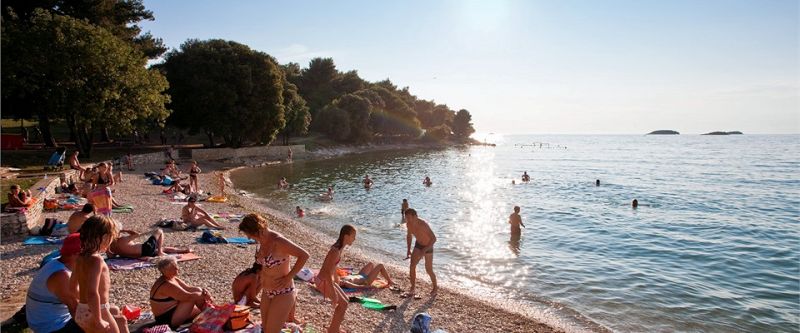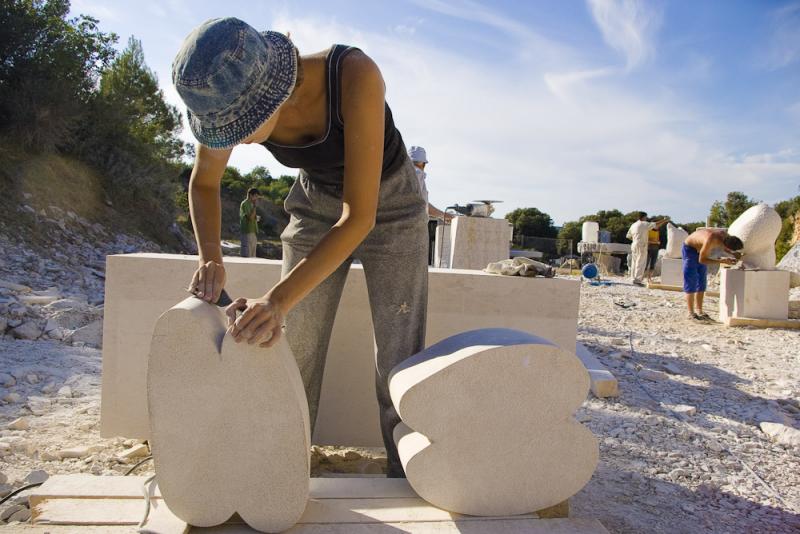
History
Vrsar and Funtana were founded because of their natural springs, which are still flowing today. Both the town names mean spring - Vrsar is from ursaria, a Mediterranean word for spring, and Funtana is from fontane, an Italian word for fountain. In Roman times an aqueduct was built from Funtana to Poreč to supply water to the region. Romans also enjoyed the waterfront of Vrsar and Funtana, and all along the coast you can see remains of Roman times including a large store house, a graveyard, country villas and public buildings. There are also Roman grey stone quarries east and north east of Vrsar, as well as on St George Islet. The stone from the quarries became well-known in Venetian times, with many palaces, bridges, churches and sculptures in Venice built from Vrsar stone. Visit Vrsar in September to attend the summer sculpture school at Montraker quarry.
In medieval times Vrsar became a walled town, and you can still walk through the town gates built in the 13th century. Vrsar was also a summer getaway for the bishops of Poreč, who built a Romanesque castle atop a hill in the 12th century. You can still see it today, but it’s not in good condition. Vrsar and Funtana both have many interesting churches in Romanesque, Renaissance and Baroque styles. Vrsar’s Romanesque Basilica of St Mary in the Sea is worth a visit. Built on the harbour between the 8th and 12th century, it is now a popular venue for music concerts.
